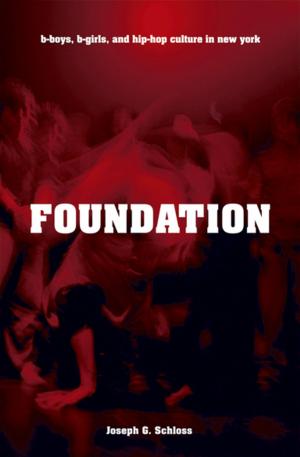Sex and Slaughter in the Tent of Jael
A Cultural History of a Biblical Story
Nonfiction, Religion & Spirituality, Bible & Bible Studies, Old Testament, Criticism & Interpretation| Author: | Colleen M. Conway | ISBN: | 9780190626891 |
| Publisher: | Oxford University Press | Publication: | September 30, 2016 |
| Imprint: | Oxford University Press | Language: | English |
| Author: | Colleen M. Conway |
| ISBN: | 9780190626891 |
| Publisher: | Oxford University Press |
| Publication: | September 30, 2016 |
| Imprint: | Oxford University Press |
| Language: | English |
In the Hebrew Bible, Judges 4-5 tells the lurid story of the heroic figure of Jael, the formidable woman who saves Israel from the Canaanite army by seducing their general, Sisera, and then nailing his head to the ground with a tent-peg. Once separated from its original theological context, the Jael and Sisera tradition transforms into a story about gender identity and conflict between the sexes. This gruesome tale has long intrigued scholars and artists alike, repeatedly and creatively building on its gendered themes. In Sex and Slaughter in the Tent of Jael, Colleen Conway offers the first sustained look at how this biblical tradition has been used artistically to articulate and inform cultural debates about gender. She traces the cultural retellings of this story in poems, prints, paintings, plays, and narratives across centuries. Conway examines the ways in which Jael has been reimagined by turns as a wily seductress, passionate lover, frustrated and bored mother, peace-bringing earth goddess, and deadly cyborg assassin. Meanwhile, Sisera variously plays the enemy general, the seduced lover, the noble but tragically duped victim, and the violent male chauvinist. Ultimately, Conway's analyses demonstrate how cultural productions of this ancient text intersect with broader conversations about the often conflicted, and sometimes violent, relationship between the sexes.
In the Hebrew Bible, Judges 4-5 tells the lurid story of the heroic figure of Jael, the formidable woman who saves Israel from the Canaanite army by seducing their general, Sisera, and then nailing his head to the ground with a tent-peg. Once separated from its original theological context, the Jael and Sisera tradition transforms into a story about gender identity and conflict between the sexes. This gruesome tale has long intrigued scholars and artists alike, repeatedly and creatively building on its gendered themes. In Sex and Slaughter in the Tent of Jael, Colleen Conway offers the first sustained look at how this biblical tradition has been used artistically to articulate and inform cultural debates about gender. She traces the cultural retellings of this story in poems, prints, paintings, plays, and narratives across centuries. Conway examines the ways in which Jael has been reimagined by turns as a wily seductress, passionate lover, frustrated and bored mother, peace-bringing earth goddess, and deadly cyborg assassin. Meanwhile, Sisera variously plays the enemy general, the seduced lover, the noble but tragically duped victim, and the violent male chauvinist. Ultimately, Conway's analyses demonstrate how cultural productions of this ancient text intersect with broader conversations about the often conflicted, and sometimes violent, relationship between the sexes.















